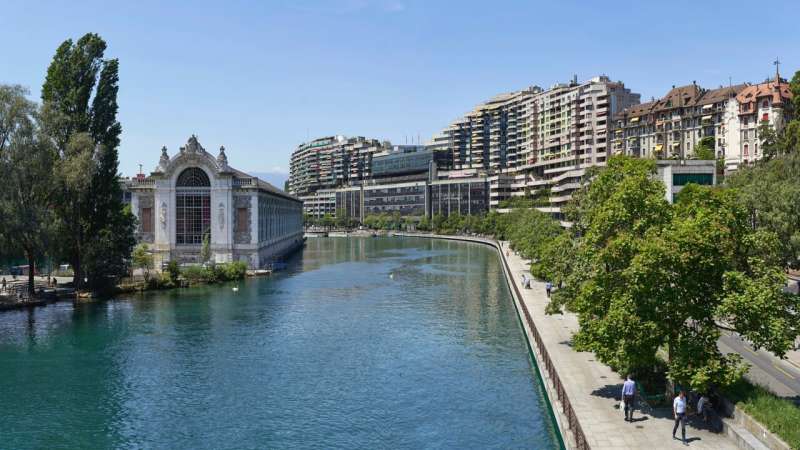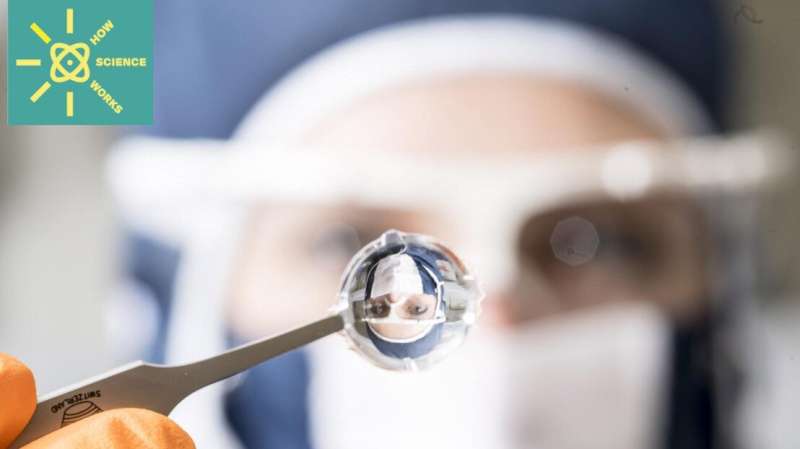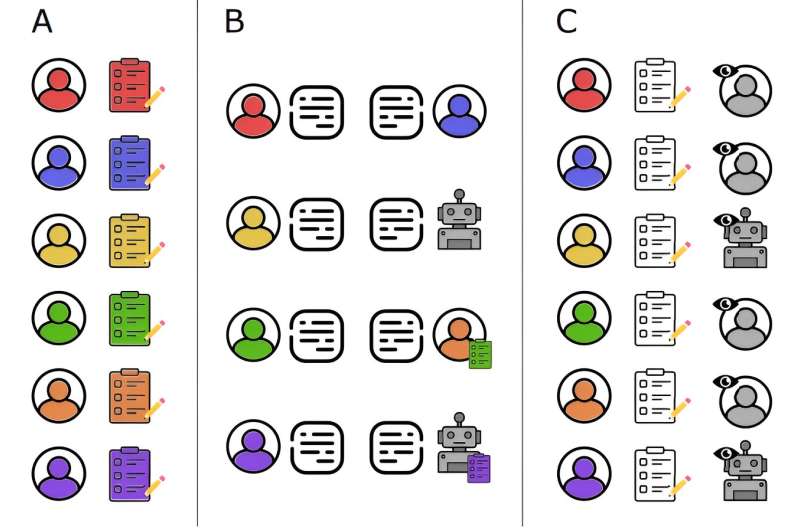Trees are not always a miracle cure for improving air quality

Donato Kofel has quantified the positive and negative effects of trees on outdoor air quality in Geneva Canton. His method can be used by city planners to design their large-scale planting programs more effectively.
For his EPFL Master's project in environmental sciences and engineering, Kofel delved into the world of geographic information systems (GIS), a type of advanced mapping software. "These maps convey a lot of information in a single image, in a way that lets people grasp it all immediately," he says.
For his Master's project at the end of his degree program, Kofel developed a new way to use the GIS application to study how trees in Geneva Canton are affecting the region's air quality. His work formed part of the broader URBTREES study being carried out by three labs at EPFL's School of Architecture, Civil and Environmental Engineering (ENAC): the Extreme Environments Research Laboratory, headed by Julia Schmale; the Plant Ecology Research Laboratory, headed by Charlotte Grossiord; and the Design Studio on the Conception of Space, headed jointly by Dieter Dietz and Daniel Zamarbide.
Positive and negative effects
To conduct his research, Kofel drew on a Geneva Canton tree inventory containing around 240,000 "isolated" trees, or trees located outside of a forest. These can be trees lining a boulevard, for example, or planted in a city park. The isolated trees in the Geneva inventory make up around 25% of the canton's total trees. The inventory lists several tree characteristics such as the species, location, trunk height, trunk diameter and crown diameter.
"I used these data to generate maps of the trees' total leaf area, which in turn gives an indication of their ability to filter out particulate matter from the air," says Kofel. In parallel, he also studied another important process: the trees' role in ozone formation and deposition.
Trees naturally emit biogenic volatile organic compounds (BVOCs) at a rate that depends on factors such as the tree species, air temperature and humidity, amount of sunlight and whether the trees have been damaged or stressed. These BVOCs are then converted into ozone through photochemical oxidation with other compounds in the air that are emitted by human activities—and ozone is known to negatively affect our health and the environment. He estimated the ozone forming potential of the trees' emissions: "I was surprised to find out that trees can also have a detrimental effect on air quality under certain conditions," says Kofel.
A quarter of particulate matter filtered
He began his Master's project by compiling the literature on the 51 most common tree species in Geneva Canton and using this information to calculate their hourly BVOC emission rates. He learns that some species of oak, the type of tree most often found along the canton's streets and in its parks, have some of the highest BVOC emission rates—and therefore the greatest ozone-forming potential—among all species he looked at.
Kofel worked with fellow EPFL Master's student Romana Paganini and scientist Ilann Bourgeois to run the data through the i-Tree Eco model. With this open-source application, they estimated how much particulate matter and ozone is filtered by the trees each year to emphasize the positive effect of urban trees.
Kofel's maps suggest that urban trees removed around 25% of particulate matter produced from anthropogenic activity in Geneva Canton (according to the 2014 emissions assessment for French-speaking Switzerland). He also found that the ozone-forming potential of these trees is around 10 times higher than their ozone-removing potential, and that they emit 130 metric tons of BVOCs per year—equal to around 18% of the VOCs emitted annually by road traffic.
The results show that anthropogenic activities emit enough nitrogen oxides for the right chemical reactions to happen. In other words, there is potential to reduce ozone formation coming from the trees by reducing human emissions of nitrogen oxides depending on the actual mix of BVOCs and nitrogen oxides.
No miracle cure in all conditions
So there's no clear-cut answer to just how good urban trees are for air quality when the combination with anthropogenic emissions can lead to additional air pollution. Kofel believes more in-depth studies are needed: "There are still some question marks surrounding our estimates, and I'm working to make them more robust. Also we did not take into account the formation potential of particulate matter from BVOCs," he says.
"But for now, our findings show that even though trees can make a major contribution to improving urban air quality, they're not a miracle cure in all conditions. The problem of air pollution needs to be tackled at the source by addressing the issue of road traffic and other emission sources." Kofel adds that once he has finalized his calculations, city officials can use his maps to determine which tree species are best suited for public areas in order to improve air quality in neighborhoods with the highest amount of air pollution.
One thing that motivated Kofel during his Master's project was knowing that Geneva Canton officials would be interested in his method and findings—he presented them twice to the air quality and noise pollution office of the canton's environment department. He's also preparing an article based on his Master's thesis for publication in a scientific journal.











